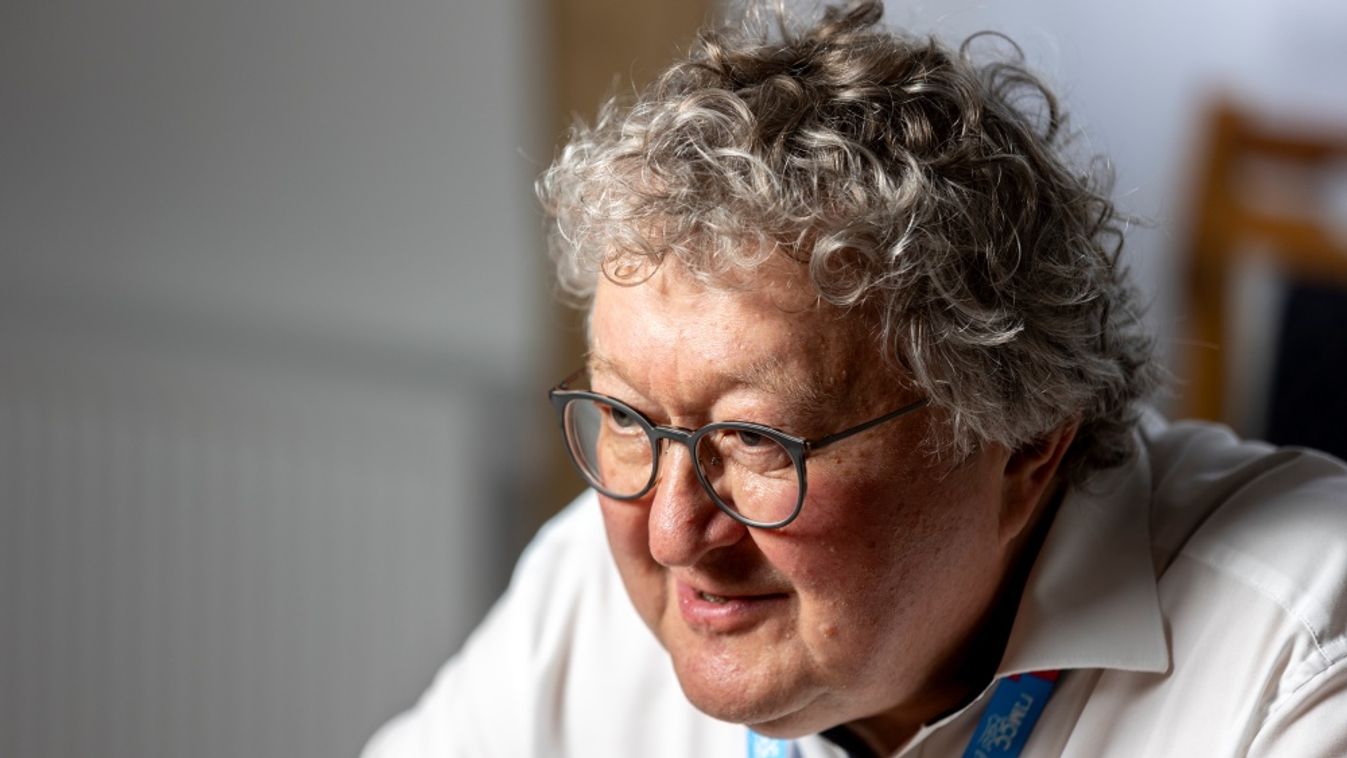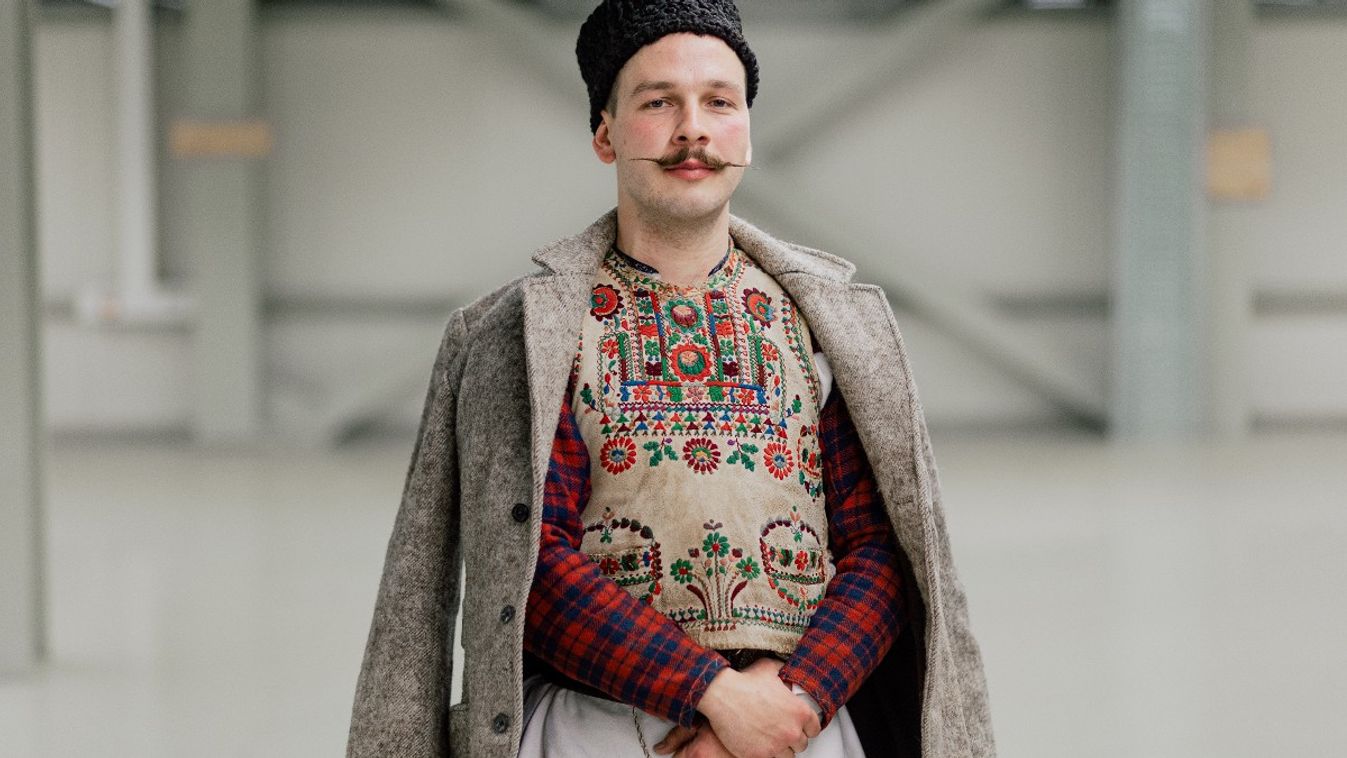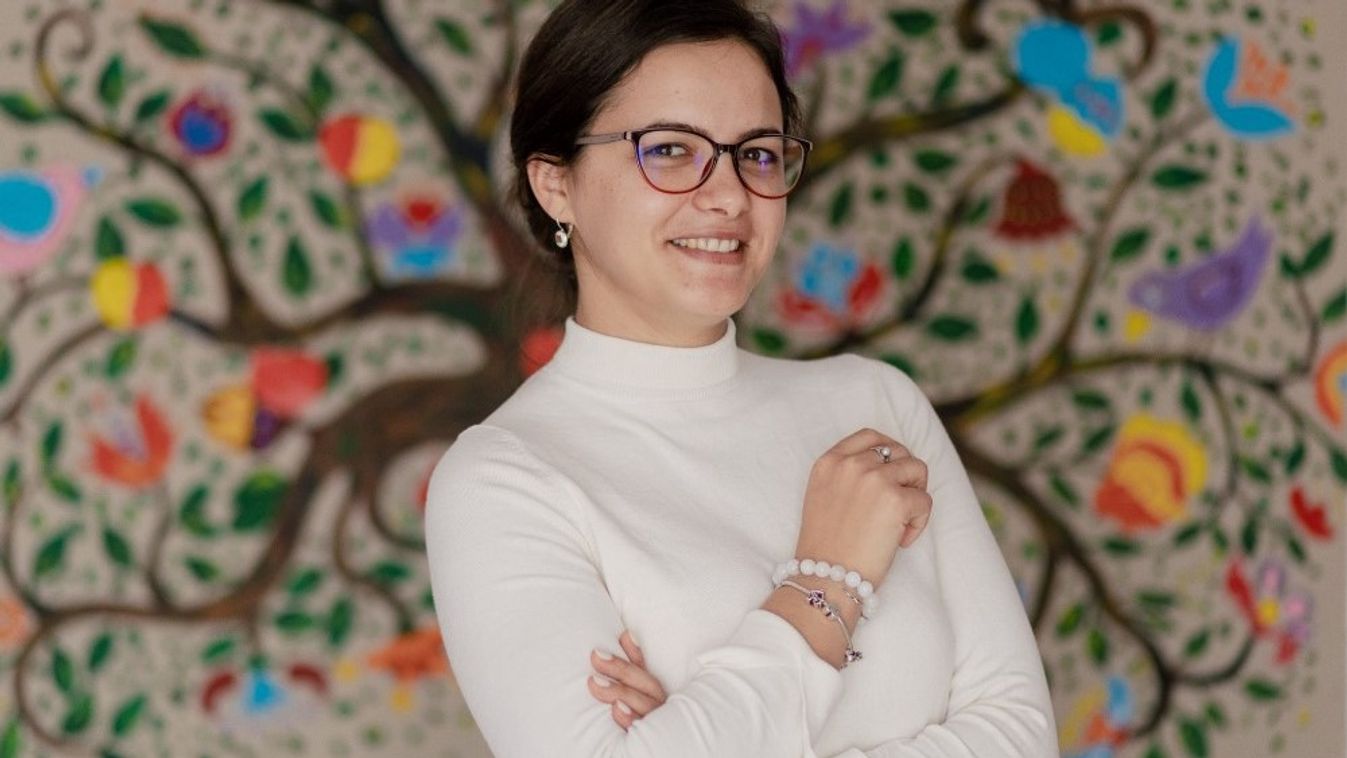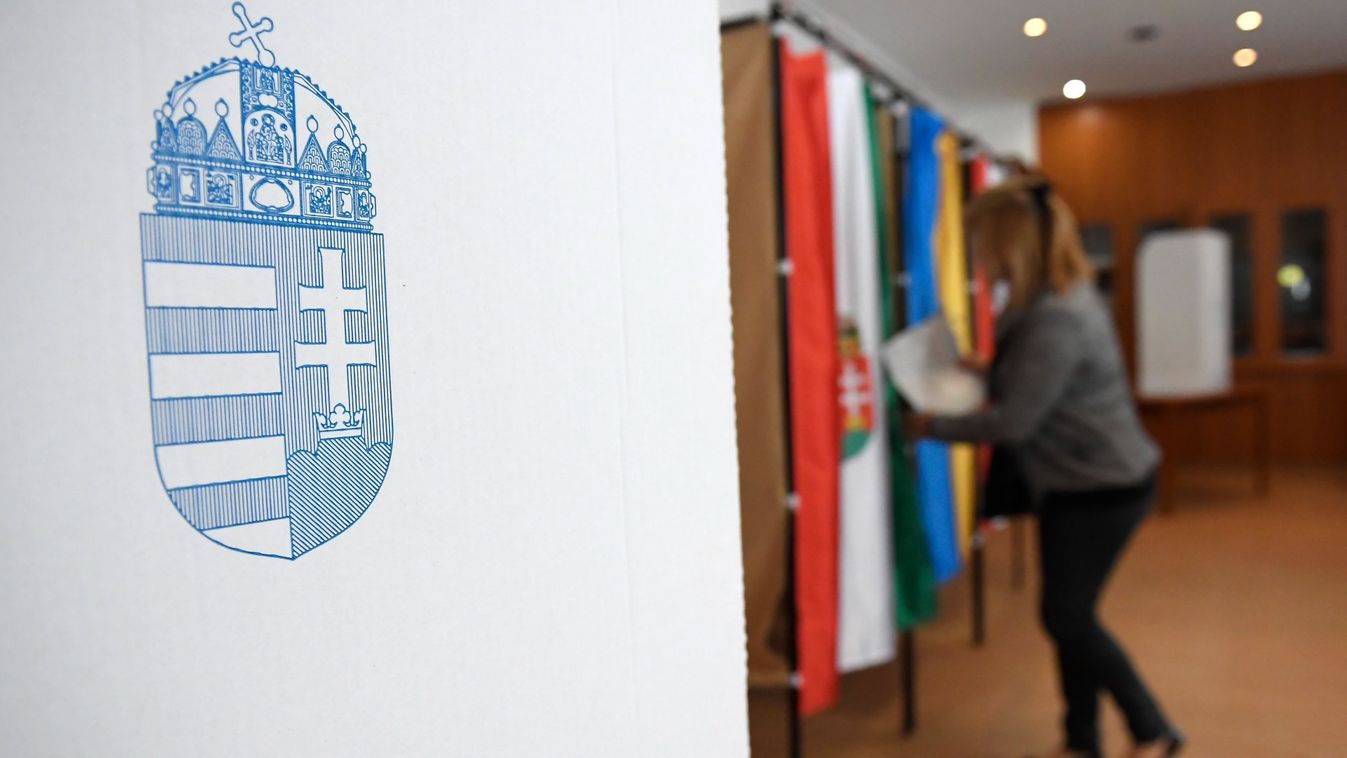It turns out that Fölszállott a Páva is old enough to be Megasztár’s grandmother. Starting in the 1960s, Hungarian state television produced such a show seven times. The last of them aired in 1989, Hungary’s year of transition. The idea was dusted off again in part because the dance house movement, as it’s called, celebrates its 40th anniversary in 2012. Also, the movement gained international recognition in November 2011, when UNESCO inscribed its method of teaching traditional dance to its Intangible Cultural Heritage List.
What’s this modern dance house movement all about? It started at the Gödör Club (now Akvárium Club) in downtown Budapest. Beginning in 2008 and through 2011, the club’s Thursday-night dance house became perhaps the single most popular undergraduate hot spot in Hungary and a true center of alternative culture. Watching the dancing through the windows of the club, which is located in the center of downtown of Budapest, foreign tourists and visitors used to take photos. The Gödör Club was all about folk dance of all kinds. Those who didn’t know the steps of the pair dances could try the solo Moldva dances in the other room. The dance house at Gödör Club sparked a renaissance of a movement dating back to 1972. Now it’s easy to find a dance house or a dance class in Budapest. There’s even a website listing them all (
English version here).
The first dance house happened on May 6, 1972, featuring four folk dance ensembles. It was reprised that year on June 10, and again October 23, the anniversary of the 1956 revolution against communism. Holding it on October 23rd was a courageous act then because prior to the transition of 1989, the revolution was officially deemed a bourgeois “counterrevolution” and its celebration was banned. The first dance house open to the public was at the Kassák Club in November 1973.
The movement became a subculture: musicians and researchers went to the Hungarian countryside and to Transylvania to collect original songs and steps from villagers. One of these collections was given the name
The Last Hour, alluding to the apparent demise of folk culture in a rapidly changing world. They took up the work of
Zoltán Kodály and
Béla Bartók, the most important Hungarian composers of the 20th century, who were also pioneering folk music, field researchers (Kodály, who ventured to remote villages as early as 1905, invented the famous
Kodály method of teaching music in public schools, which remains popular in Japan. Both Bartók and Kodály were also great theorists of ethnic music in the Carpathian basin. The dance house movement’s catchphrase comes from Bartók:
csak tiszta forrásból, or ‘from a pure spring only.’
It’s important to note that the movement strongly associates with other folk revivals, so dance house is not just about Hungarian folk culture, but also the folk cultures, dances and music of other peoples and ethnicities of the Carpathian basin, in particular those of Romanians, Jews and the southern Slavs. Many Balkan and Greek dance houses are happening in Hungary as well. The whole folk revival is almost inseparable from the growing popularity of Roma “gypsy” music.
Internationally recognized folk artists such as
Muzsikás and
Márta Sebestyén (who
sings in the film The English Patient and
collaborated with Deep Forest) have seen their career fortunes soar. Muzsikás and Márta Sebestyén released an
album together about traditional Hungarian Jewish folk music back in 1992. Folk has also influenced Hungarian rock music. Folk-based bands emerged playing not traditional music, but what was later known as world music (for example
Kolinda, from which I was able to buy French-released CDs a few years back). These days, the
Csík band, which plays traditional and traditional-style music, performs its Christmas show at a big concert hall (and
tours in London, too). One of the few types of music that seems largely unmoved by Hungarian folk can be heard in downtown Budapest’s restaurants on the Danube. Many would consider that faux folk and only for tourist consumption.
Of course, the communist regime was suspicious about this movement, which they didn’t expect to emerge, and hadn’t planned. And communists, of course, had plans for everything. The communist party was quite satisfied with the small dance troupes in villages and the larger professional folk dance groups that adapted the form to the stage. So for communists, folk dance was perfect for celebrations and propagandistic events demonstrating unity between proletariat, workers and peasants. But to dance independently, spontaneously and unchoreographed, without the permission of the communist authorities, seemed dubious, tantamount to a nationalistic, reactionary uprising. So a debate within the party was sparked: to what extent to allow unorganized folk dance-as-hobby among the populace. In parallel, of course, the secret service infiltrated dance houses. Agents filed comical reports about the happenings at the Kassák Club, explaining to their bosses just what sorts of nationalistic undercurrents wound through its halls.
Fast forward to 2012. When a foreigner meets a Hungarian, the outsider probably knows two words: “goulash” and “csardas.” But csárdás represents Hungarian folkdance no more than goulash represents Hungarian gastronomy. Csárdás is a kind of step, part of a dance, but not a whole dance. Many folk dances include csárdás, just as many meals come with soup.
There are indeed many, many different Hungarian folk dances. In the strictest sense, there is no national folk dance, one danced by all. Rather, there are regional dances, and even variants within villages. If you are brave enough to request music from the band at a dance house, and you ask for mezőségi, the popular dance of the central Transylvanian region of Mezőség, the band is apt to respond: OK. But which village? To take it a step further, if you’ll pardon the pun, in dance classes, teachers often teach the steps of a single individual, someone well known in his village who has his own style. That’s a result of dance collectors’ efforts to film such people and preserve this perishable cultural heritage.
For example, at the first dance house in 1972, people danced the dances of Szék, an ethnic Hungarian village in central Transylvania, a region of Romania and home to 1.5 million ethnic Hungarians. The term “dance house” even comes from Szék (dancehouse was more an event than a place, held in a rented room in a villager’s home). The institution was ubiquitous, but the villagers of Szék happened to settle upon this particular term, and the dances of Szék, or széki, as they are called, have remained popular.
Transylvanian folk dances are more popular among urban folk dancers than those from the territories of modern Hungary. This sentiment regarding Transylvania can be explained by differences between the dialects of dances.
There are three big Hungarian folk dance dialects: the dialect of the Danube Rive, the Tisza River, and of Transylvania. The Danube and Tisza dialects are simpler, involve more jumping and are more playful. Transylvanian dances are deeper, more romantic, more spectacular and involve a much more expansive set of steps. (For those keeping track, the dances of Hungarian regions of Slovakia and Serbia belong to the first two dialects.) So we have dialects, regions and villages, but it doesn’t stop there. Diverse dances have evolved even in villages. One finds an “order of dance,” with slow and faster sets of steps, with different rhythms and melodies. Usually one order of dance sets up three to six different parts and culminates with the solo dancing of men. One’s ethnicity, for the record, need have no bearing on one’s folk dancing taste. Ethnic Romanians and Hungarians go to each other’s dance houses in Transylvania’s multiethnic villages, and there are Hungarian orders of dances called “Romanian” and “Gypsy.” Dance indeed knows no boundaries.
There are roughly 90 round dances, including those from Moldva (a region of Romania outside Transylvania where a small ethnic Hungarian minority called the csángó lives). These count among Hungary’s oldest dances. Note, though, that recent Moldvan dances have a heavy Romanian influence, making it hard to distinguish Romanian from Hungarian dances there. These round dances are commonly held for urban dance house newbies, being easy to learn and fairly monotonous.
But the overwhelming majority of Hungarian folk dances are danced in pairs. Unlike many well-known folk dances elsewhere in Europe, the dances are not symmetrical. Dancers learn traditional roles with the girls and guys dancing different sets of steps. The guy is the sun, the girl is the moon, and the moon dances around the sun. Men lead (or at least they should lead) women, so women dance as their male partners direct them to dance. On the other hand, these dances also demonstrate that a guy can’t do much of anything without a girl. Without girls’ counterbalancing and their reciprocal holding and coupling and separation, there is no dance at all. If a guy leads clumsily, good luck finding a willing partner.
As lovely as the dances themselves are, the real beauty of the Hungarian dance house movement is in its preservation and creative perpetuation of cultural tradition. It’s not just a museum totem or a status symbol on a shelf, but a dynamic heritage, digested and expressed anew in a continual, magical regenerative process.
What’s interesting is that the dance house movement is a mostly urban phenomenon. That’s triggered a fashion cycle: the most popular dances are constantly changing (today the
gypsy dances of Szászcsávás are hot, for example). Week-long summer Hungarian folk dance camps have become a Transylvania mainstay. Whereas a villager once danced only the dances of his village, urban dance housers thirst to learn the dances of the entire Carpathian basin. Long gone are the days when the rural dance house was displaced by a disco, when isolated rural cadres maintained the flame of an art whose present popularity they could not have imagined. Now, in the greatest of ironies, villagers who had forgotten their own dances find themselves learning their own cultural traditions from urbanites, who, lacking dances of their own, preserved those of others and now share their common gift.






















